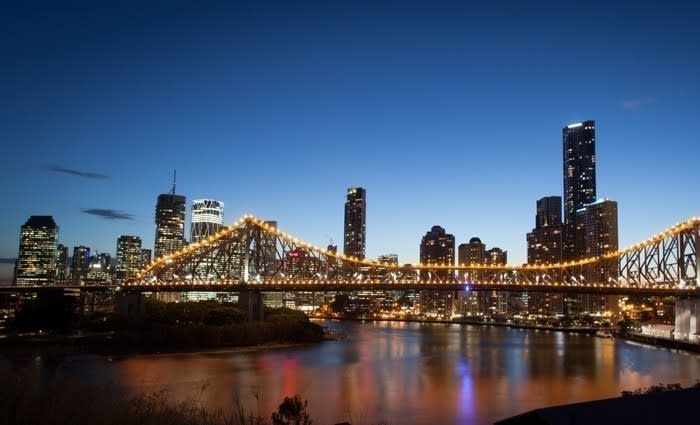Brisbane houses solid but inner-city unit market oversupplied: RiskWise
The impact of COVID-19 on the property market is greatly varied across this large state.
COVID-19 has significantly increased the unemployment rate in Queensland with a greater impact on regional areas, particularly those with a heavy reliance on tourism. As of August 2020, the unemployment rate was 7.5 per cent.
The sustained period of the border closure between Queensland and other states has been a contributing factor to the already substantial impact of COVID-19. This is due to the strong connection between Queensland and New South Wales and, to a lesser extent, Victoria.
COVID-19 has helped strengthen ‘work from home’ opportunities, meaning owner-occupiers can take advantage of ‘lifestyle’ prospects instead of being tied to employment hubs.
Before COVID-19 hit, there was already a strong trend of sea- and tree-change homebuyers looking for the best of all worlds – lifestyle, accessibility to employment hubs and affordable housing.
In Queensland, the areas that attract those lifestyle buyers include the Gold Coast and Sunshine Coast.
Beachside suburbs especially outperform the market as they offer fantastic lifestyle opportunities.
However, while solid house price growth may be experienced in Brisbane, the inner-city unit market remains oversupplied and, therefore, high risk.
